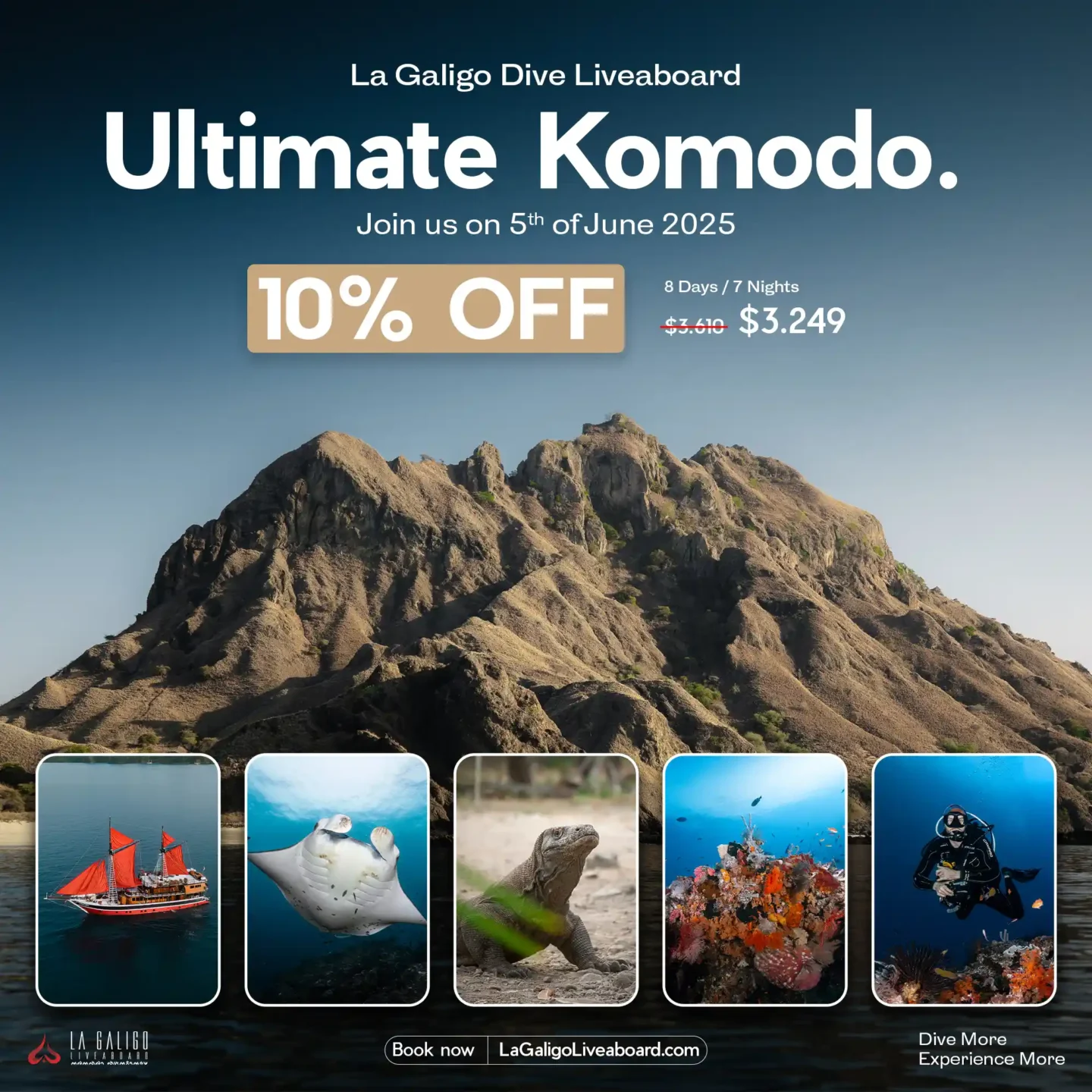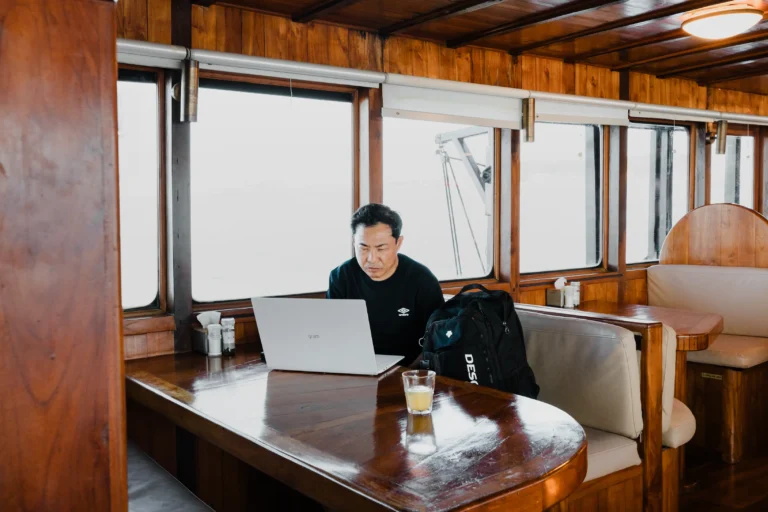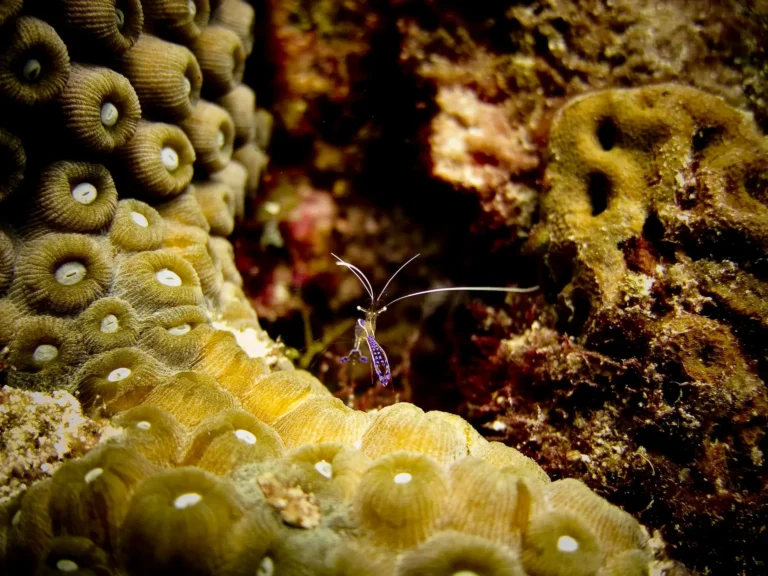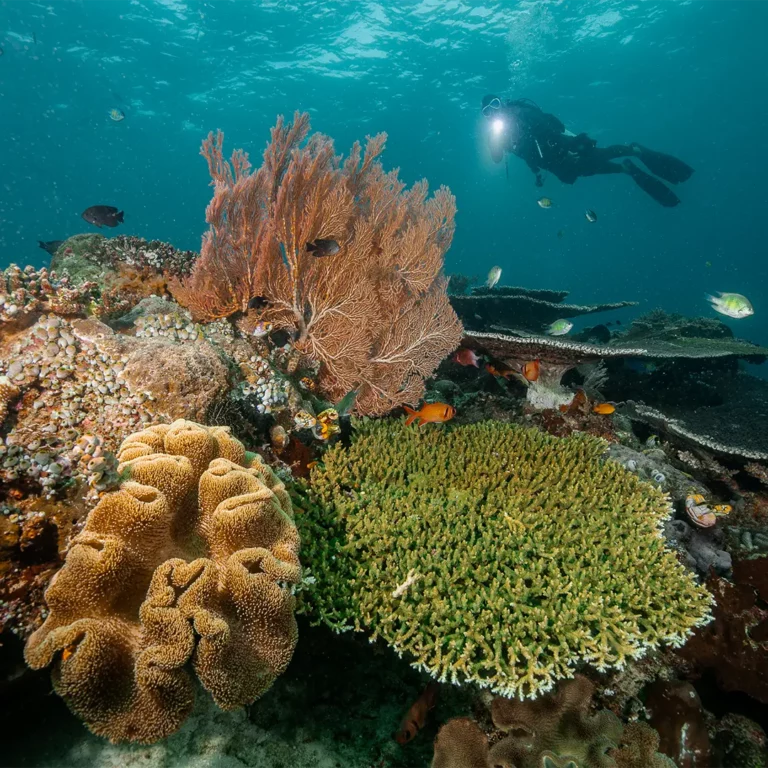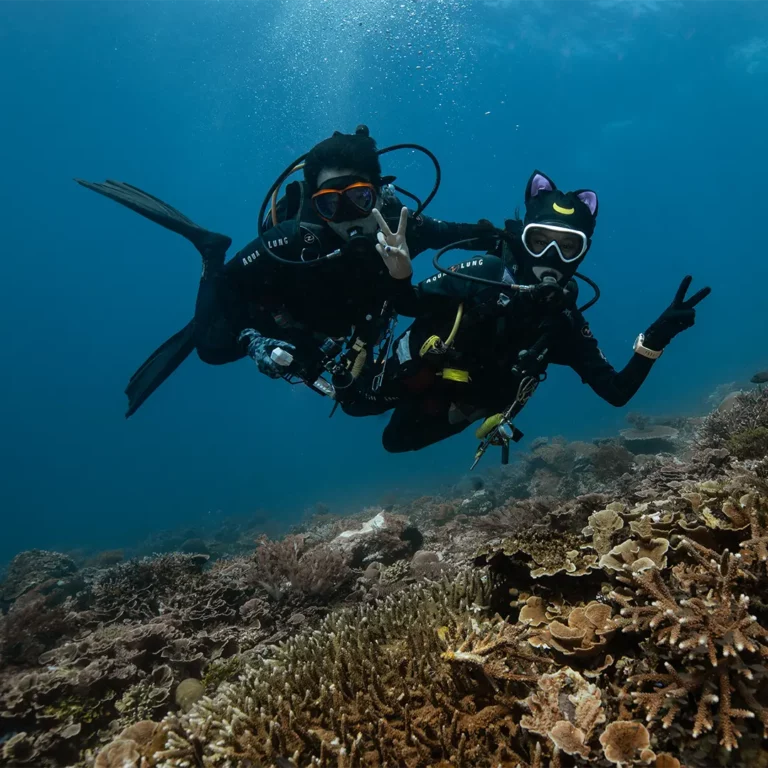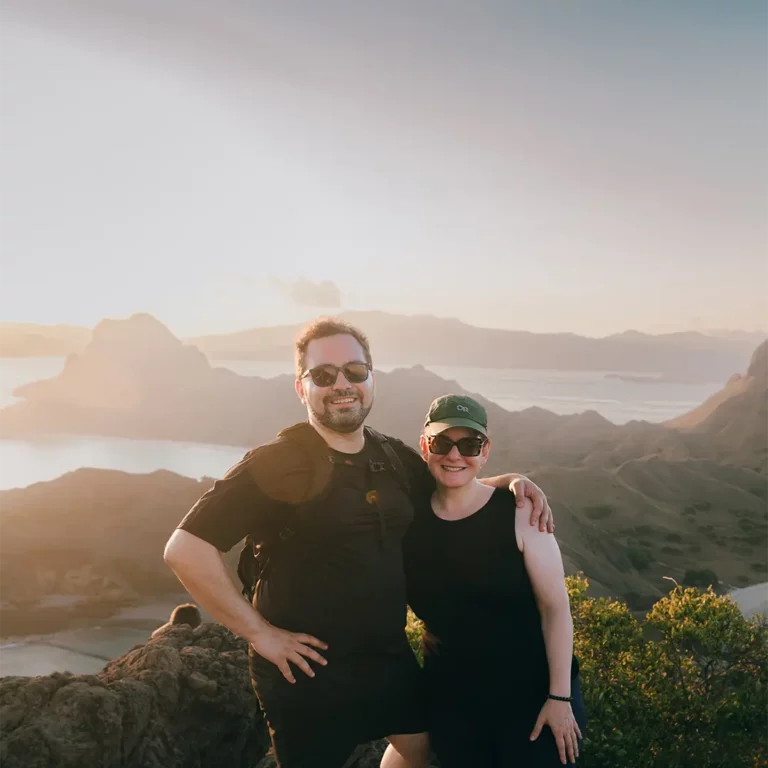Almost anyplace there is water, a keen diver will want to dive it. Scuba diving is something you can enjoy without having to travel far. However, searching for the world’s top dive sites combines the pleasures of diving and travel, offering you two amazing experiences in one.
There is no guide that could ever cover every amazing dive that exists. In addition to being too vast to include in a single article, the world offers far too much beauty and opportunity to be condensed into a best-of list. These dive spots, however, rank among the greatest that we have discovered and are well worth a visit.
1. Cape Kri, Raja Ampat
The Coral Triangle’s Cape Kri, well-known for having set a world record for the most fish species ever seen in a single dive (374), is a thriving hotspot for all kinds of marine life. Rich nutrients are carried to the upper layers of the ocean by deepwater upwelling and powerful ocean currents in the Dampier Strait, which creates ideal conditions for a flourishing coral and fish ecosystem. Manta rays, tuna, trevally, barracudas, jacks, snapper, fusiliers, sharks, and other large pelagic life visit this area to feed.
The dive site ends with a rising submerged plateau between the main island of Mansuar and the small island of Kri. Hold on!, the currents here can get intense, the perfect spot to reef hook in at 5m for your safety stop and kick back to watch the show. An amazing spectacle unfolds in front of you as you see the apex predator pelagics dart and hunt the smaller feeding fish that have been drawn in to hunt the plankton feeding on nutrient rich waters. Truly a marvel of nature to behold and the reason why Cape Kri Dive Site gets our number 1 spot in the worlds best 10 dive sites.
2. Bloody Bay Wall, Little Cayman Island
At Little Cayman’s Bloody Bay Wall, a sheer vertical wall encrusted with vibrant corals and enormous barrel sponges, descends spectacularly from 6 m (20 feet) to over 300 m (1000 feet) deep into the deep blue. This coral is breathtaking both during the day and at night, when a large portion of it glows in the dark. It is remarkable in both its variety and shape.
Numerous corals are home to bioluminescent microscopic organisms that glow when exposed to different environmental stimuli, producing an unearthly nocturnal scene. Under a UV dive light, the corals’ glow in fluorescence, that is, to absorb light and re-emit light in different colour spectrums not normally visible to the naked eye.
This dive site is highly recommended due to its amazing natural light display. Not to mention the diverse array of marine life, which includes colourful reef inhabitants like parrotfish, filefish, reef sharks, spotted eagle rays, green and hawksbill sea turtles, and the endangered and frequently inquisitive Nassau grouper.
Given that Bloody Bay Wall begins at a depth of 6 metres (20 feet), it is appropriate for divers of all skill levels. The ideal time to go is between November and April, during the dry season, when the water is warmer and calmer.
3. Richelieu Rock, Thailand
For many years, Thailand has been a popular diving vacation spot, attracting both experienced and novice divers from all over the world. The western coast of Thailand offers the most amazing underwater experiences, though the Gulf of Thailand has a lot to offer as well. Exposed in the middle of the Andaman Sea, the protected Similan and Surin islands offer vibrant coral reefs, boulder-filled slopes, and the constant chance of an experience of a lifetime.
In close proximity to Thailand’s northern border with Myanmar lies an isolated pinnacle known as Richelieu Rock, which is part of the Surin National Marine Park. Richelieu Rock is vulnerable to strong currents because it is located approximately 18 kilometres east of the Surin Islands. The formation itself consists of a large central pinnacle encircled by smaller rocky outcrops that form a horseshoe-shaped arch on the outside. Within the horseshoe, on the southern side, the outer wall descends more steeply, while the pinnacle slopes somewhat gently to the seafloor at a depth of 35 metres.
Vibrant soft corals, sea fans, and anemones have taken over nearly every square inch of Richelieu Rock, vying for space with the nutrient-rich current. It’s hardly surprising that a variety of macro, such as seahorses, frogfish, ghost pipefish, nudibranchs, and other invertebrates, can be found here with such a healthy reef to explore. On the sandy seafloor, leopard sharks can also frequently be observed sleeping. Large, robust species like barracuda, tuna, and trevally can be seen in the blue. But Richelieu Rock’s greatest attraction for many is the possibility of an up-close encounter with the biggest of them all. A whale shark may visit this location for a meal during the regular plankton blooms, occasionally accompanied by one or more amiable manta rays.
4. Pillars of Evolution, Darwin Island, Galápagos Islands in Ecuador
Among the Galapagos Islands, Darwin Island is one of the most visited. If swimming among rare and enormous marine life has always been your dream, this isolated island is the best place to dive. Even the extremely rare marine iguana may be visible to you underwater. See playful sea lions or a school of hammerhead sharks while swimming, and keep an eye out for other unusual marine life!
In the Darwin Island group the highlite dive site has to be Pillars of Evolution. This is a collapsed archway dive of the most epic proportions. Prepare to be amazed by Hammerheads and even Whale Sharks on this stunning dive site. You can really get a feel for the magic of this place and what inspired Charles Darwin’s theory of evolution when you witness the diversity of marine species here. Silky Sharks and Galapagos sharks also frequent this spot but due to the current we recommend being at least an intermediate skilled diver before tackling this dive site.
ALSO READ : How Many Dives Are Required for a Liveaboard Trip in Raja Ampat
5. Manta Ray Night Dive, Kona in Hawaii
It’s said that the Kona Manta Ray night dive is among the most amazing dives you will ever take. The massive but gentle manta rays that come to this dive site often glide gracefully as they feed, glowing under the light of underwater torches. Watch the enormous, amiable marine life as it gracefully swims around you, captivating your attention. At least once in your life, you should try this experience, seeing manta rays at night time is a rare and elusive sight!
6. Tubbataha Reefs Natural Park, Philippines
Only Tubbataha liveaboards are permitted access to the protected Tubbataha Reefs Natural Park, a world heritage site situated in the open ocean east of Palawan Island. It is possibly the Philippines’ greatest dive site and most biodiverse scuba diving location. Large aquatic creatures like sea turtles, manta rays, and different shark species can be found there. Every reef will welcome you with a display of colourful reef fish, lobsters, stingrays, and turtles!
7. SS Thistlegorm, Red Sea in Egypt
For dive enthusiasts and inquisitive minds, the SS Thistlegorm in the Red Sea is a must-visit location. It offers a singular look at historical accounts of the war and underwater riches. Inside are a plethora of interesting wartime relics, including motorbikes, jeeps, boots, and ammunition in large quantities. Every wreck enthusiast should see the superstructure, which is also home to a wealth of soft corals and some fascinating macro hidden among the wreck.
8. Maaya Thila, South Ari Atoll, Maldives
Because of the wide variety of large and small marine life found there, Maaya Thila was once one of the most loved dive sites worldwide and continues to be one of the best in the Central Atolls.The deeper portions of the Thila are breathtaking, despite some damage on the summit. During the day, manta rays and sea turtles frequent the pinnacle, which is teeming with reef fish and other creatures.
The fast-paced action of hunting giant trevally and whitetip reef sharks transforms it at night. It is an excellent location for night diving. Maaya Thila, which is between 20 to 30 metres (60 and 90 feet) deep, is a great pinnacle dive for divers of intermediate skill levels.
ALSO READ : How Difficult Is Diving in Raja Ampat
9. Cenote Dos Ojos, Tulum in Mexico
Cenote Dos Ojos, one of the greatest cenotes in Mexico, is situated in the captivating Yucatan Peninsula near Tulum. A beautiful cave dive for those skilled with a frog kick and accustomed to a side mount set up. Up to 100 metres of visibility are available to divers in the crystal-clear, blue waters that shimmer in the dive torch light. The Dos Ojos is one of the greatest dive sites for an underwater adventure because it is home to a wide variety of geological cave formations that can not be seen elsewhere in such fine condition.

